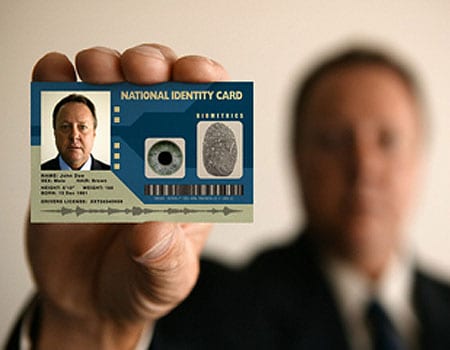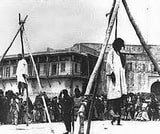Murray, John. "The Impact of Televised Violence" Hofstra Law Review v22 (Summer, 1994): 809-825.
Borrowed from Lexis-Nexis Academic Universe, Law Reviews, accessed through UCSD Library. Do not reproduce.
Copyright (c) 1994 Hofstra Law Review
IV. Experimental Studies
The major initial experimental studies of the cause and effect relation between television/film violence and aggressive behavior were conducted by Albert Bandura and his colleagues, working with young children, (23) and by Leonard Berkowitz and his associates, who studied adolescents. (24) In a typical early study conducted by Bandura, (25) a young child was presented with a film, back-projected on a television screen, of a model who kicked and punished an inflated plastic doll. The child was then placed in a playroom setting, and the incidence of aggressive behavior was recorded. The results of these early studies indicated that children who had viewed the aggressive film were more aggressive in the playroom than those children who had not observed the aggressive model. These early studies were criticized on the grounds that the aggressive behavior was not meaningful within the social context and that the stimulus materials were not representative of available television programming. Subsequent studies have used more typical television programs and more realistic measures of aggression, but basically Bandura's early findings still stand.
Another early study investigated young children's willingness to hurt another child after viewing videotaped sections of aggressive or neutral television programs. (26) The boys and girls were in two age groups, five to six-years-old and eight to nine-years-old. The aggressive program consisted of segments of The Untouchables while the neutral program featured a track race. Following viewing, the children [*815] were placed in a setting in which they could either facilitate or disrupt the game-playing performance of an ostensible child playing in an adjoining room. The main findings were that the children who viewed the aggressive program demonstrated a greater willingness to hurt another child. One could ask, does the same effect hold for cartoons? The answer seems to be yes. Several studies have demonstrated that one exposure to a violent cartoon leads to increased aggression. (27) Moreover, Hapkiewitz and Roden found that boys who had seen violent cartoons were less likely to share their toys than those who had not seen the aggressive cartoon. (28) It seems clear from experimental studies that one can produce increased aggressive behavior as a result of either extended or brief exposure to televised violence, but questions remain about whether this heightened aggressiveness observed in the experimental setting spills over into daily life















